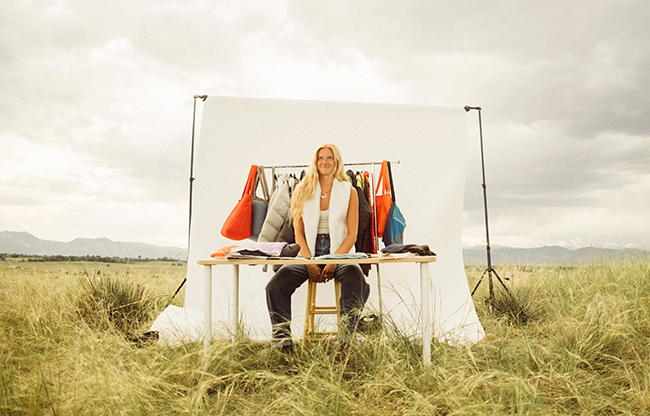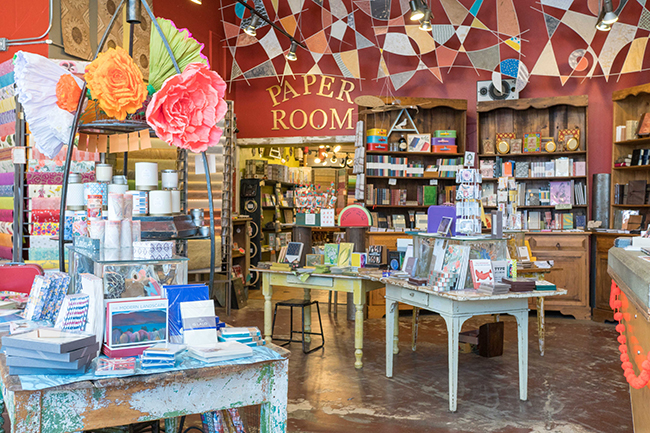Organizing Your Space
22 May 2023
Steps and tips to help reduce clutter and regain happiness
By JANINE FRANK » Photos KYLIE FITTS
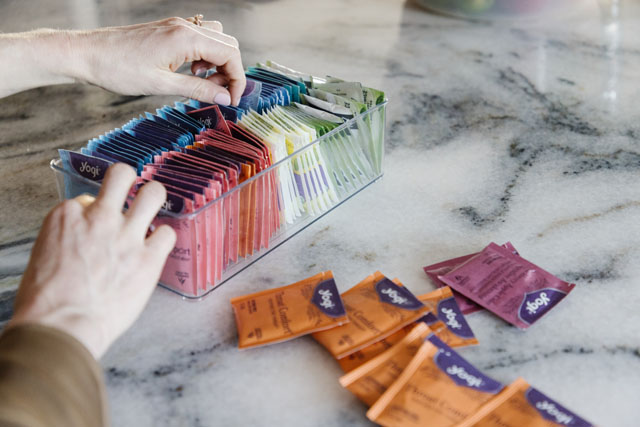
Whether you crave organization, need to downsize, or just feel overwhelmed with too much stuff, there are countless methods available to help you unleash your inner neat freak.
KonMari. The Home Edit. Swedish Death Cleaning (yes, a real thing!). Simply Clean. Clutterbug. Minimal-ish. You’re probably at least somewhat familiar with one or two of these organizational system buzzwords.
Why are these systems and methods so prevalent and so popular? Simply put, we want a quick fix to our over-consumptive ways. We may purchase items with good intentions, but over time, piles of stuff can actually have a detrimental impact on our happiness. Along with physical clutter, comes mental clutter.
Anna Butler, owner and lead organizer at UnClutterCO, a professional organizing company based in Boulder, says she founded the company to help people find tranquility in their surroundings. “Our homes are a reflection of our moods, personalities, productivity, and stress levels. Because we have so little control over so many things in our lives, being organized is one area where we can take that control back.”
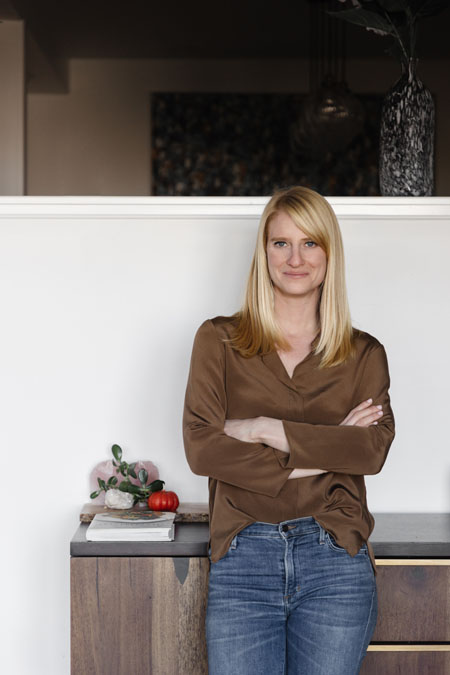
As far as subscribing to any of the aforementioned organizational systems, Butler says any of them can work, but you really need to be committed to paring down, or “editing”, first.
“Whatever the method used, editing is absolutely essential in organizing,” Butler says. “Without it, we’re just moving around clutter. We find it’s easier to start with items that have no sentimental value. Then we can move on to more difficult and challenging areas.”
In general, there are three distinct categories to making your home a tidier, more livable space: decluttering/editing, organizing and maintaining what remains, and finally, stopping the cycle from happening again through mindful prevention.
Step 1: Decluttering
Take your time
The clutter didn’t all accumulate in a day and you can’t expect to resolve it, without putting some thought into what to keep and what to toss. Base your judgment on logic and not pure emotional attachment. Butler’s rule of thumb is to ask yourself, “Do I need it? Do I use it? Do I love it?”
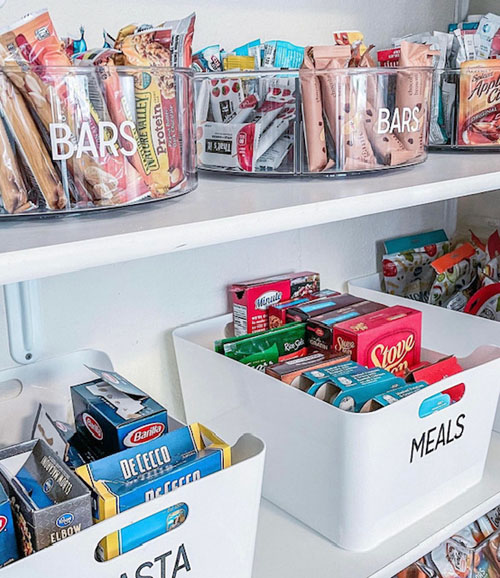
Start small
Identify one small area to get started and devote just a few minutes a day to the project. Butler recommends a kitchen drawer or a bedside table. This way, you can feel an immediate sense of accomplishment and feel empowered to keep at it. If you try to work for hours at a time, you can become overwhelmed, exhausted, and discouraged.
Be strategic
Grab some trash bags and some boxes and move from room to room separating out what you plan to discard, donate, offer to friends and family, or keep. Separating your things into these categories will make it easier to get them to their final destinations. If this is too overwhelming or doesn’t fit into your busy schedule, find a professional service to help you.
Reclaim Space
Simple strategies like scanning photos from albums onto USB cards can be huge space savers. It’s also a nice way to share the fruits of your labor with close family and friends. If books are a problem area, donate them to local libraries or schools in your area. Find ways to make some of these bigger items disappear.
Distribute
Once you have your bags and boxes filled, head to a local donation center, your garbage and recycling bins, or hire a junk removal service. You might try a consignment store or an online reseller to get some of your nicer items out of your home and into new hands while making a little money in the process.
Check Out:
depop.com - Clothing resale
deCluttr.com - Tech resale and trade
Step 2: Organizing and Maintaining
Once you’ve pared down to just the items you wish to keep, it’s important to have a manageable system to keep them in their place. Shelves with baskets, bins, drawers and labels are all useful for keeping your space tidy. Find yourself a calendar or a checklist to help remind you to maintain your cleaner spaces, by doing a little bit of organizing each day.
Check Out:
Tody - Home cleaning app for Android or Apple
clutterbug.me - Tips on home organization
Step 3: Mindful Prevention
Once your home is closer to clutter-free, stop the vicious cycle in its tracks. Before you buy another item, ask yourself how much mental and physical space it’s going to consume and what kind of maintenance it requires. Even an item that just needs dusting regularly can add to the overwhelm.
Check Out:
buynothingproject.org - Online gift economy network
Remember that any action is a step in the right direction. “There is no such thing as perfection in this life and organizing is no exception to that”, Butler says. “Functionality and maintainability are always the goal. It’s much easier to stay organized when you have less stuff. It’s that simple.”






